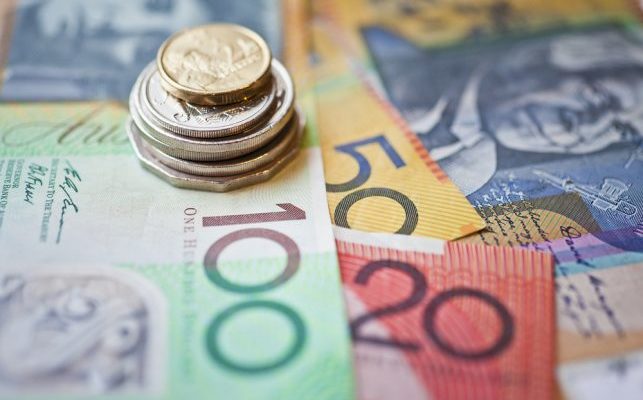
- Australia import prices fall, exports rise
- Sweden Unemployment rate unchanged at 7.60%, retail sales falls
- German unemployment rate unchanged at 6.10%
- Eurozone economic sentiment index ticks higher in July
- US Weekly jobless claims rise more than expected
Today’s Economic events
- Australia import prices q/q -1.0% vs. 1.60%; export prices q/q 1.40% vs. 2.90%
- UK Nationwide HPI m/m 0.50% vs. 0.20%; y/y 5.20% vs. 4.80%
- Sweden unemployment rate 7.60% vs. 7.90%
- Sweden retail sales m/m -0.60% vs. -0.10%; y/y 3.20% vs. 4.20%
- Germany unemployment rate 6.10% vs. 6.10%
- Eurozone economic confidence 104.6 vs. 103.5
- Germany CPI m/m 0.30% vs. 0.30%; y/y 0.40% vs. 0.40%
- US weekly jobless claims 266k vs. 262k
Coming Up
- New Zealand building consents
Australia import prices fall, exports rise
Export prices in Australia for the second quarter surged 1.40% on a quarter over quarter basis, data from the Australian Bureau of Statistics showed on Thursday. The Q2 export prices were below median expectations of 3.0% but better than the 4.70% contraction seen in the first quarter. Imports slipped 1.0% in the quarter missing forecasts of a 1.50% increase. Import prices in Q2 was higher than the first quarter’s decline of 3.0%.
Â

Â
Australia Export Prices QoQ: 1.40%, Q2 2016
On a year over year basis, exports are down 8.70% while imports fell 2.80%. The Australian dollar, which was trading flat yesterday was seen rising today after the Federal Reserve left interest rates unchanged and signaled no urgency to hike rates. Still, the gains in the Aussie dollar are seen to be limited with the markets betting on a rate cut at the RBA’s meeting next week. Many economists see the RBA’s decision to be a close call following the second quarter inflation data released yesterday which showed that inflation remained low, but far from any deflationary threats.
NAB economist, Tapas Strickland said that there was evidence of strength in prices during the second quarter and cautioned that the RBA could hold rates steady, which could be bullish for the Aussie, considering the current rate cut expectations.

